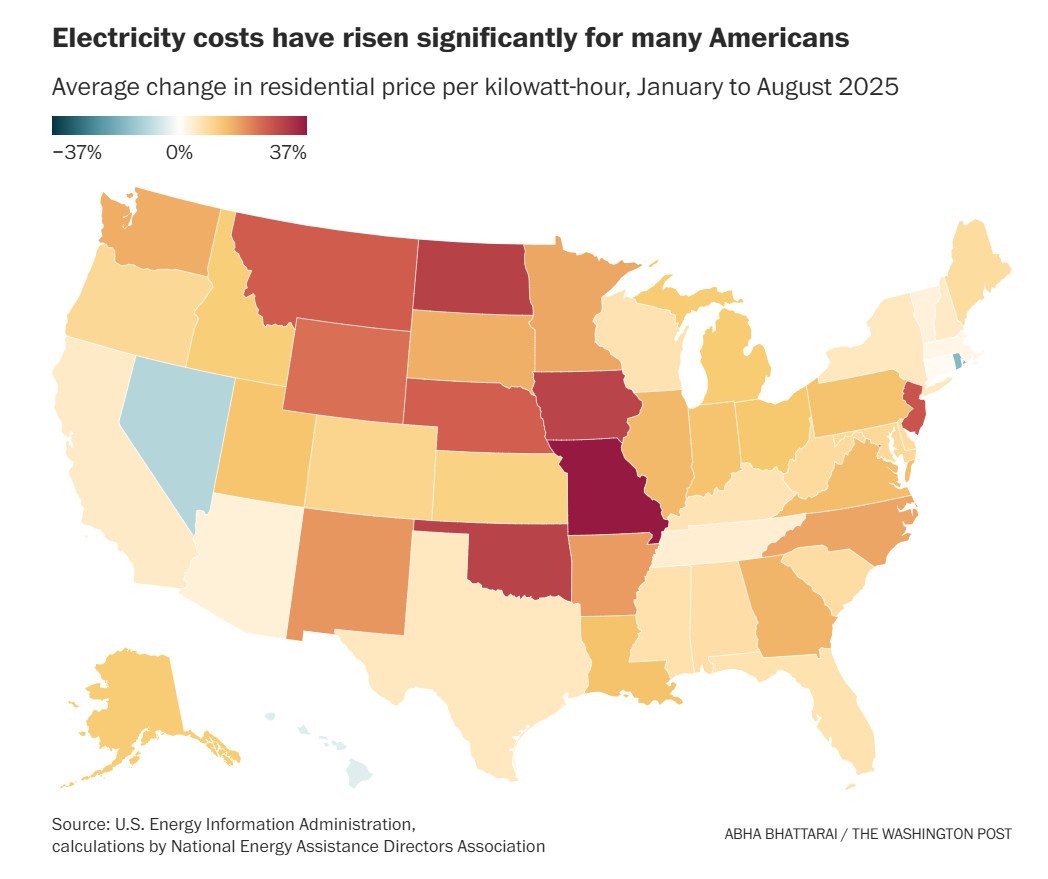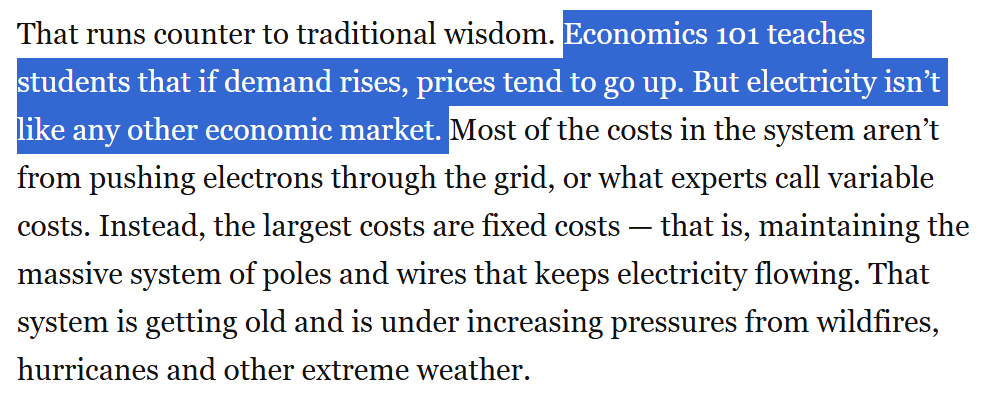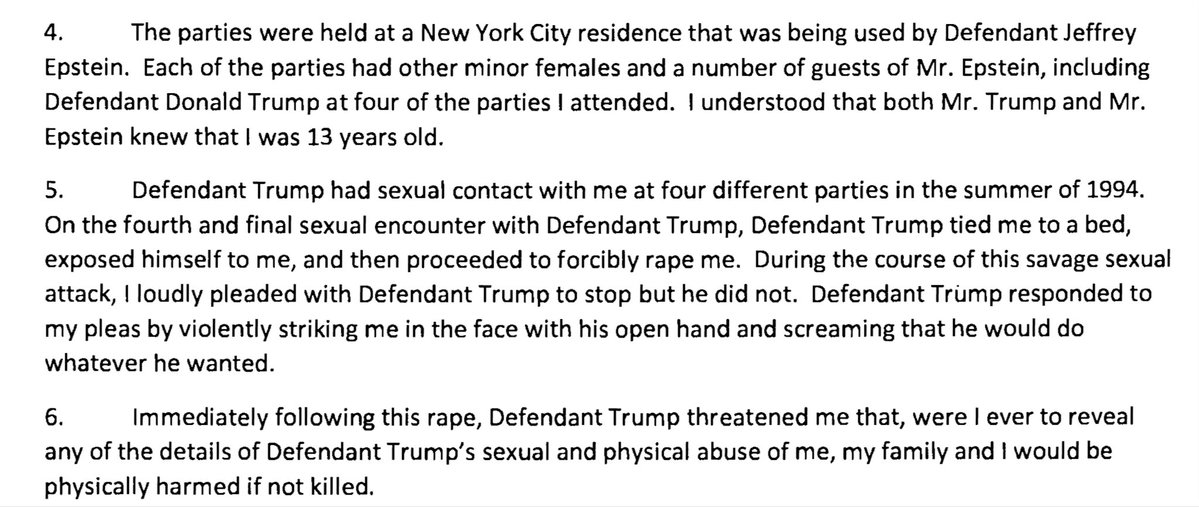There is a very dangerous conversation going on suggesting that the path to beating COVID is through herd immunity. This is massively dangerous, and will lead to the death of millions of Americans. Facts matter. Here are the ones you need (thread):
1/ First, if you're not already following @gregggonsalves you should. He is an epidemiologist, spend decades studying AIDS and knows this stuff. See his thread on herd immunity here:
https://twitter.com/gregggonsalves/status/1309066460787073025?s=20
2/ The idea that we can choose to kill people or grow our economy is also wrong. Sweden, famously has tried to pursue herd immunity and only managed to kill more Swedes and hurt their economy.
medpagetoday.com/infectiousdise…
medpagetoday.com/infectiousdise…

3/ This frankly isn't surprising. If lots of your neighbors are getting sick and dying from a contagious disease, you will be inclined to stay indoors, avoid restaurants, theaters and retail shops. You cannot grow the economy in the midst of a raging public health crisis.
4/ But let us suppose for a moment that you are completely amoral and you view economic growth as paramount, no matter how many people die. How many people would have to get infected in order to achieve herd immunity in that dystopian future?
5/ To know that, you have to know whether the virus will involve and how durable your immunity is once infected (assuming you are one of the lucky ones who doesn't die.) As former CDC director Tom Frieden points out here, we don't know those answers. drtomfrieden.net/blog/a-dozen-o…
6/ However, we do have a few recent studies that should scare the pants off you. After a surge in cases in Brazil, scientists concluded that "...up to 70%..." of the population may need to be exposed to achieve herd immunity. reuters.com/article/us-hea…
7/ This value is confirmed by a similar outbreak in Qatar where scientists concluded that "some communities" "have reached or nearly reached" herd immunity at infection rates of 65 - 70%. medrxiv.org/content/10.110…
8/ So now let's do some math. As of this morning, according to Johns Hopkins there are just over 7 million confirmed COVID cases in the United States, or ~2.2% of the population. Over 200,000 Americans have died, or 2.9% of those infected. coronavirus.jhu.edu/map.html
9/ To be sure, there are more infections we don't know about. And the excess deaths above average suggest that our death rate from COVID is also substantially undercounted. But let's go with the data we have. cnbc.com/2020/07/01/off…
10/ If we are to get to the ~65% infection rate that seems to be required for herd immunity, we will need to infect 65% x 332M, or 216 million Americans. Put another way, that's 209 million Americans more than we have already.
11/ Today, almost 3% of Americans who get infected are dying. But remember back in March when we were talking about the need to flatten the curve and hospitals were getting overloaded? The death rate then was >6%.
12/ We've learned a lot about ventilator management and treatment, but there is simply no way that a 30x increase in COVID infection rates doesn't overload hospitals. To assume death rates will be <6% is naive at best, evil at worst.
13/ 6% x 209 million = 12.5 million dead Americans. That is the population of New York and Los Angeles combined. That is the price you have to be willing to bear if you embrace herd immunity as a disease management strategy. It. Is. Brutal.
14/ And here's the thing: we don't have to do that. We can simply follow the examples that New Zealand, South Korea and so many other countries of done that has gotten the virus under control, even without a vaccine.
15/ Namely: Test. Contact Trace. Wear a mask. Social distance. Provide quarantine housing for those who are infected. We don't need to do any science to know whether that works - those countries have already proven it works.
16/ They did that from the start and felt much less economic pain because it's way cheaper to control the spread of a virus before it spreads. We should have, and if Trump hadn't politicized science we would have too.
17/ Is it hard to do that now? Of course it is. We all want our kids back in school and our business re-open. But that pain pales beside killing 12 million Americans.
18/ ANYONE suggesting that we should put short-term personal inconvenience ahead of public health is implicitly advocating for massive American deaths. Please don't do this. And please don't elevate voices who treat your life with such disregard. /fin
Postscript just shared with me from a friend who saw this thread. As the UK thinks about this question they are asking "what can we learn from the US debacle?". We didn't have to be the poster child in how not to handle a pandemic.
bmj.com/content/370/bm…
bmj.com/content/370/bm…
• • •
Missing some Tweet in this thread? You can try to
force a refresh









